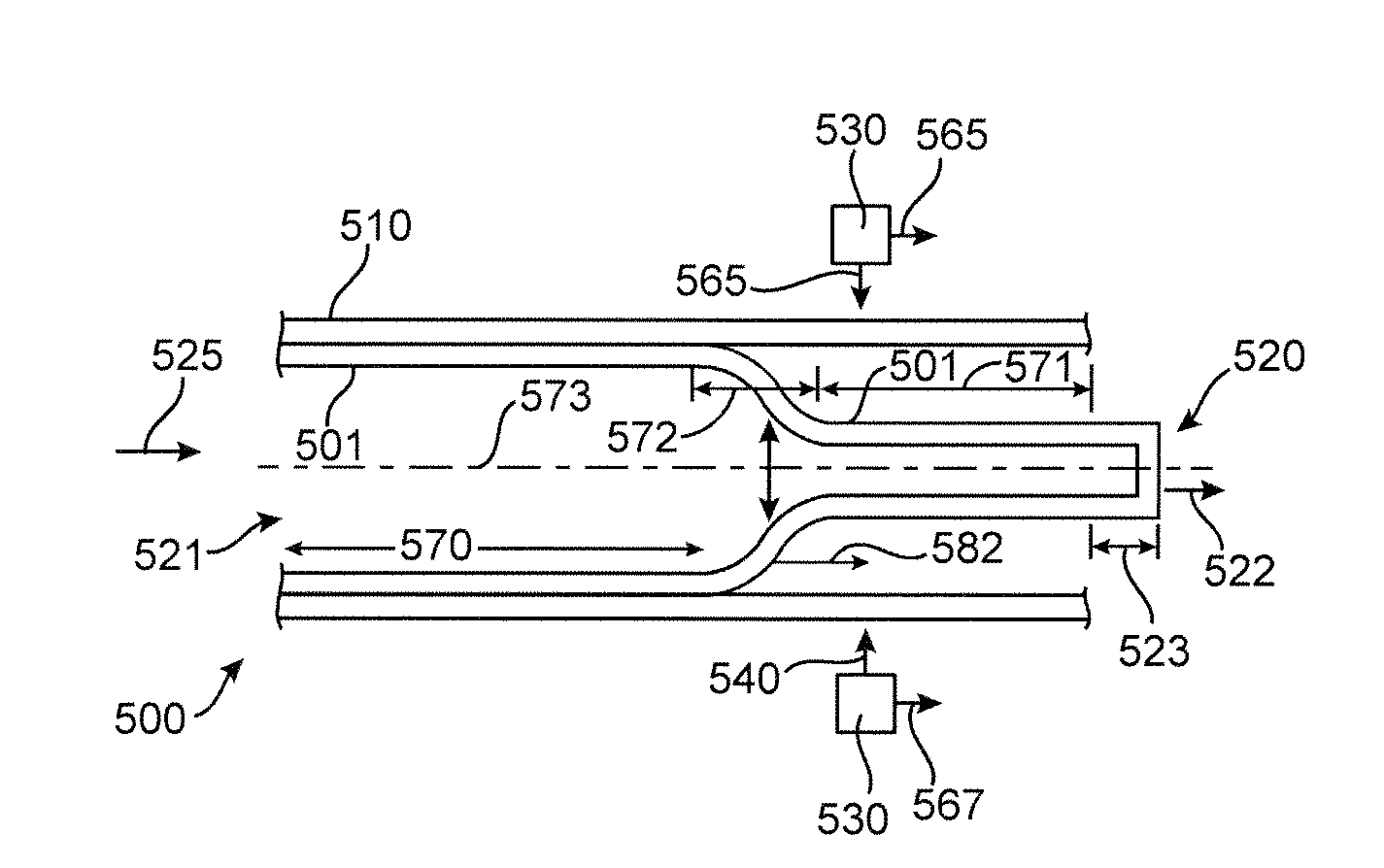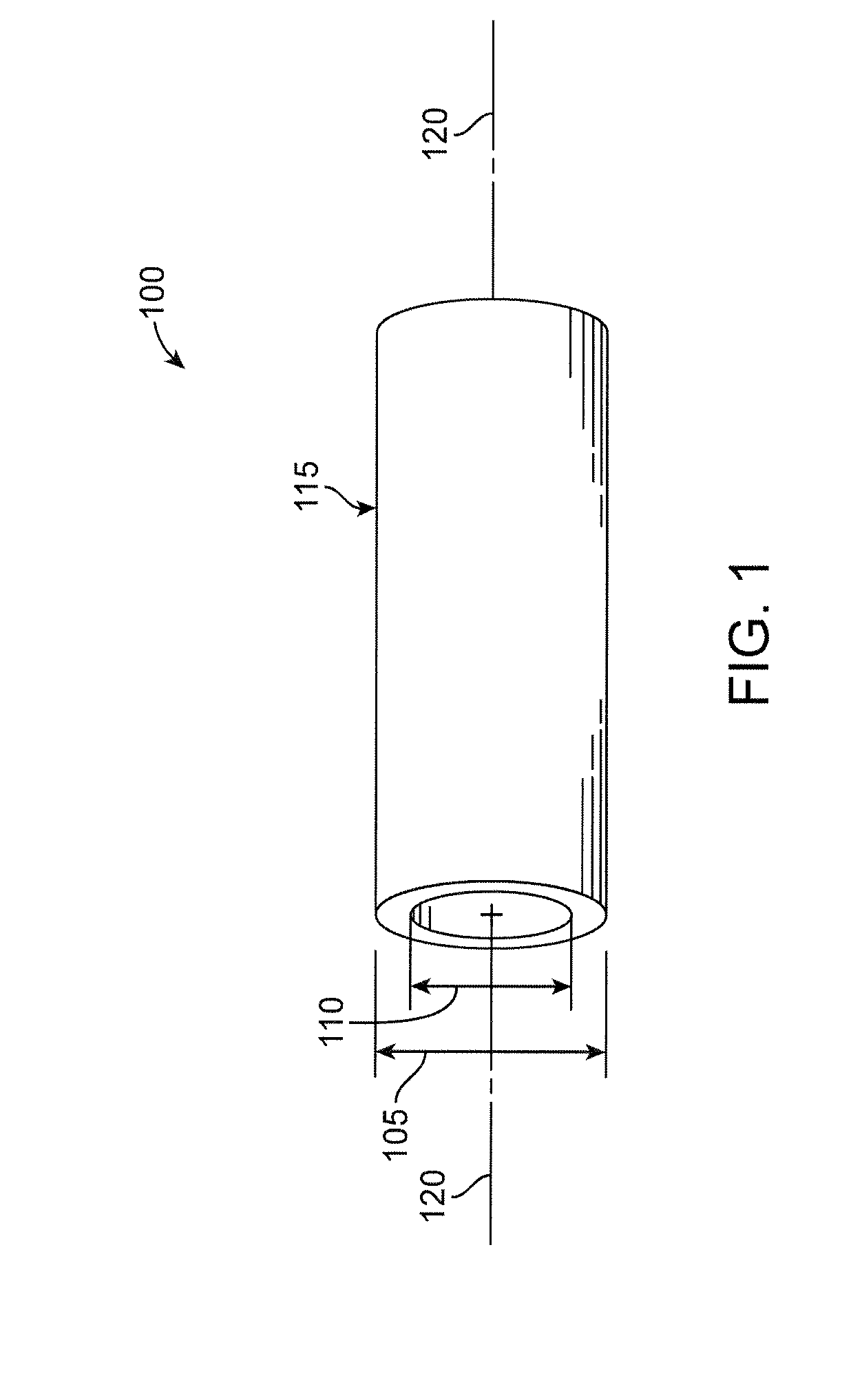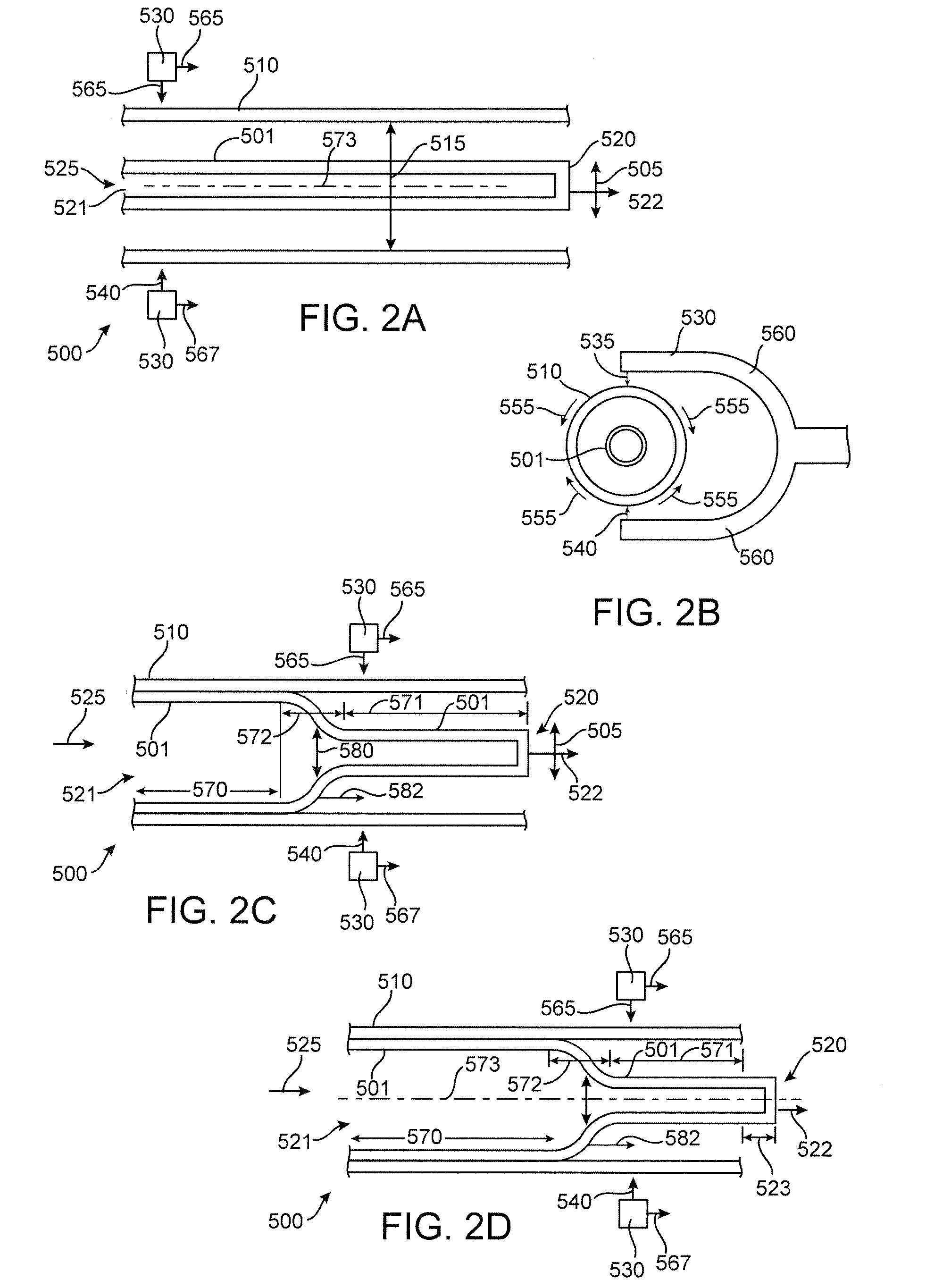Processes for making crush recoverable polymer scaffolds
a polymer scaffold and crushing technology, applied in the field of drugeluting medical devices, can solve the problems of not being a suitable replacement, balloon expanded stents having sufficient radial strength and stiffness, and crimping the device, so as to reduce fracture problems and improve deployment uniformity
- Summary
- Abstract
- Description
- Claims
- Application Information
AI Technical Summary
Benefits of technology
Problems solved by technology
Method used
Image
Examples
Embodiment Construction
[0051]The disclosure proceeds as follows. First, definitions of terms that may be used during the course of the subsequent disclosure are explained. Next, the methods for making the scaffold are explained with reference, primarily, to two embodiments of a scaffold (see FIGS. 3-7). The disclosure further provides results from testing of scaffold samples made according to the disclosure, either herein or by way of incorporation by reference with related applications.
[0052]An expansion process for making an expanded polymer tube from an extruded polymer precursor is described, followed by a laser cutting process for forming the scaffold backbone from the expanded tube. Examples of patterns are illustrated in FIGS. 3 and 5. Placement of radiopaque markers is described next, followed by methods for applying a drug-polymer coating to the scaffold. Finally, a crimping process is described. Following the above description, the disclosure explains desirable attributes of scaffolds produced b...
PUM
| Property | Measurement | Unit |
|---|---|---|
| Temperature | aaaaa | aaaaa |
| Fraction | aaaaa | aaaaa |
| Fraction | aaaaa | aaaaa |
Abstract
Description
Claims
Application Information
 Login to View More
Login to View More - R&D
- Intellectual Property
- Life Sciences
- Materials
- Tech Scout
- Unparalleled Data Quality
- Higher Quality Content
- 60% Fewer Hallucinations
Browse by: Latest US Patents, China's latest patents, Technical Efficacy Thesaurus, Application Domain, Technology Topic, Popular Technical Reports.
© 2025 PatSnap. All rights reserved.Legal|Privacy policy|Modern Slavery Act Transparency Statement|Sitemap|About US| Contact US: help@patsnap.com



